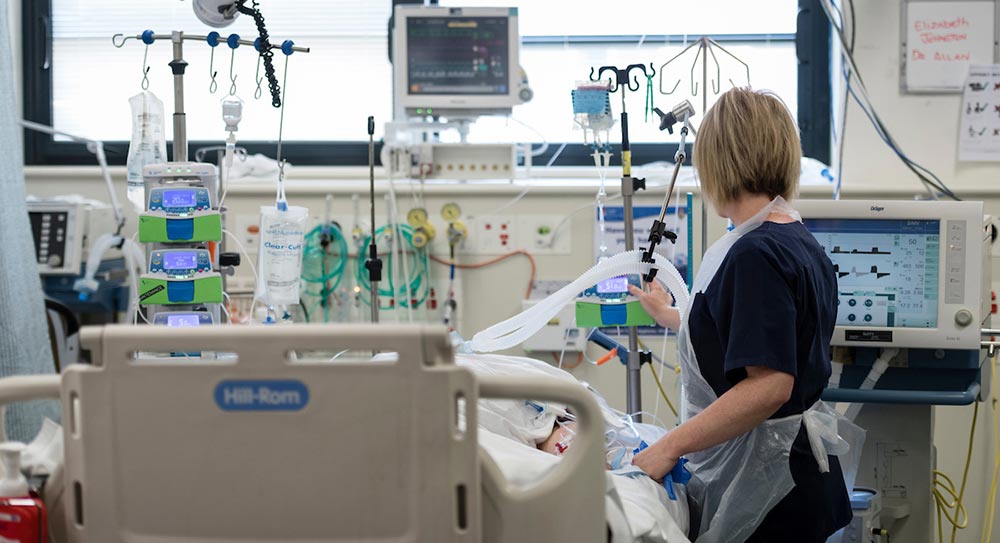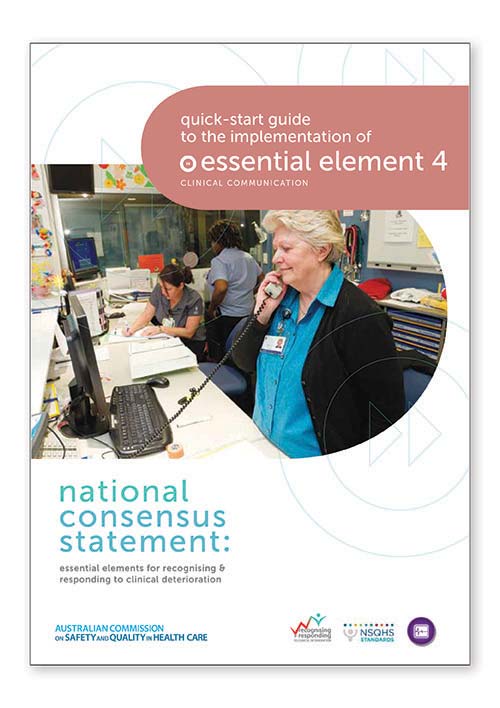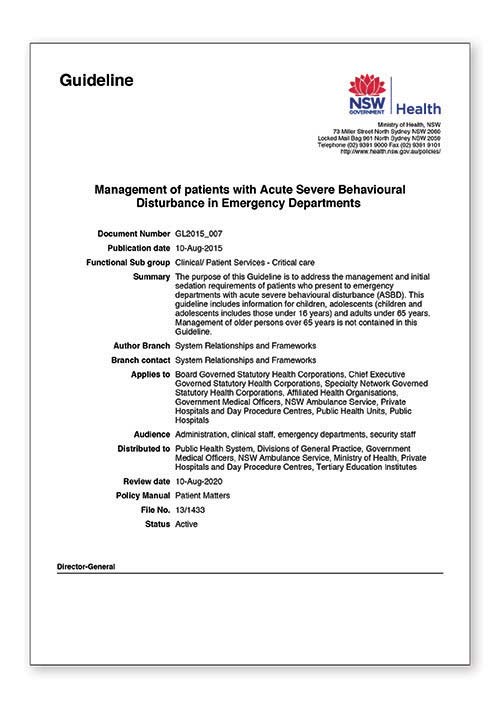
Communicating acute deterioration and escalating care
Acute deterioration includes physiological, psychological and cognitive changes that indicate a worsening of the patient’s health status, which may occur over hours or days.
Communication is fundamental to the prompt identification, escalation and management of acute deterioration. It is important that health service organisations have processes in place to support the workforce, patients, families and carers to rapidly access the services they need when an episode of clinical deterioration occurs. Effective teamwork and communication, including documentation, of diagnosis and plans for monitoring of observations and ongoing management is crucial to providing safe, high-quality care to the deteriorating patient.
Key messages
Communication Strategies
Why is this important?
Effective clinical communication about patient deterioration is a complex process. It includes knowing when and who to contact if a patient’s condition deteriorates, what information is important to convey, and how to convey this information effectively.
Some of the most important contributing factors to adverse events in health care are lack of handover processes, insufficient or poor communication techniques during handover, and inadequate clinical documentation.
Information that is important for recognising and responding to acute deterioration may be overlooked during clinical handover. Poor communication also poses risks to patient safety when patients are transferred between clinical areas, and during critical events such as rapid response system calls. Poor verbal and written communication between clinicians can result in discontinuity of care, delays in treatment, adverse events, and increased morbidity and mortality. Practices such as not reading documentation may also contribute to adverse events and acute deterioration not being recognised and acted on.
It is important to develop agreed communication processes (written and verbal) and train staff to use standardised practices to improve team performance and ensure that the correct information is conveyed at the right time, to the right person, for the right reasons.
Patients can experience delays in receiving the treatment they need if agreed communication processes are not in place.










